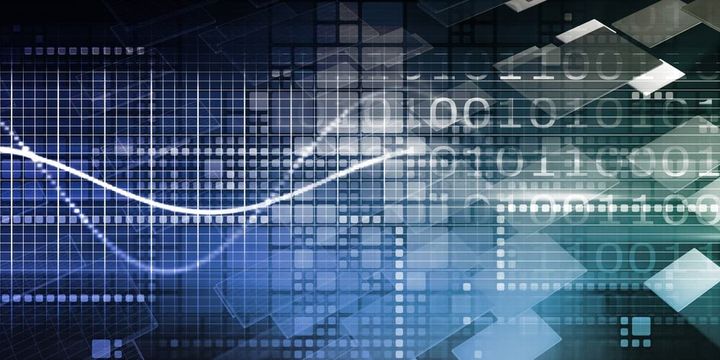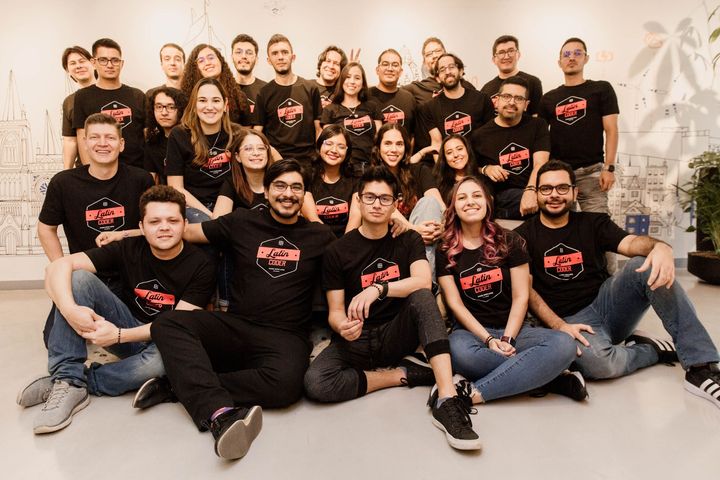7 IoT Smart Solutions in Agriculture Sector [2024]
IoT in agriculture is enhancing farmers' production and efficiency of its land. If you wanna know more about IoT in agriculture, read this article.
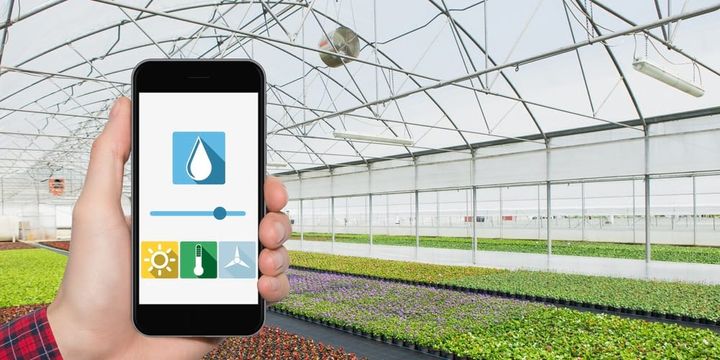
The agricultural sector has been facing various challenges in recent years, however, IoT is bringing incredible technological advantages in agriculture.
The need to enhance farm yields has become critical due to the exponential growth of the world population, shrinking agricultural lands, and the depletion of finite natural resources.
» FREE TRIAL: Boost Your Operation in Less Than 30 Days With Ubidots' Device Management Dashboards
Current forecasts from the UN predict that the worldwide population is expected to reach 9.7 billion by 2050. This is a 24% increase to the current 7.8 billion. Global agricultural production will also have to rise to keep up with the demand.
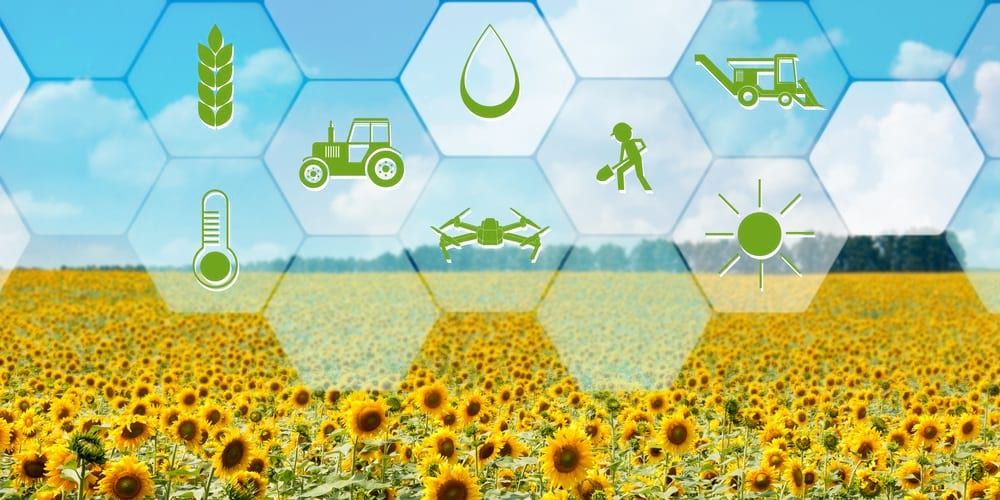
How IoT Is Impacting Agriculture
Conventional farming methods are now unsuitable for meeting this demand. It has become imperative to innovate in order to develop solutions that can address these urgent concerns.
Fortunately, the Internet of Things (IoT) offers a number of smart solutions that can help address these challenges.
Smart agriculture is already making a big difference in the sector with its ability to optimize resources, reduce wastage, and increase farm productivity. Here are some examples of how the IoT is being used in agriculture.
7 IoT Smart Solutions in Agriculture
1. Precision Agriculture
Precision agriculture is a farming management approach that uses digital technologies to enable farmers to make better decisions about where, when, and how much to fertilize, irrigate, and spray pesticides.
By using sensors to collect data on weather, soil moisture, crop health, and real-time locational asset tracking (RTLAT), farmers can make more informed decisions about how to care for their crops.
2. Crop Monitoring
Crop monitoring involves the use of sensors, drones, and satellites to monitor crop health and identify locations requiring attention. Crop monitoring systems also include all data such as crop health, humidity, rainfall, temperature, and more.
Sensors help farmers determine the best time to sow crops and harvest them, and can also detect problems early.
3. Livestock Monitoring
Livestock monitoring uses sensors and RFID tags to track the location and health of livestock. This information aids ranchers in determining the condition of their livestock.
For example, finding sick animals so that they can be isolated from the herd to avoid spreading disease to the rest of the cattle. The ability for ranchers to use IoT-based sensors to locate their livestock minimizes labor costs by a significant extent.
4. Irrigation Management
Irrigation management uses sensors to detect when and how much water is needed by individual plants. This saves water and also reduces weeds and runoff.
5. Smart Pest Control
Sensors detect the presence of pests and then dispense pesticides as required to protect crops. This helps reduce pesticide usage and can be used with smart irrigation management for targeted spraying only where it is needed.
6. Fertilizer Management
When fertilizer gets too low, sensors notify farmers so they can use a crop-yield map to determine which areas need more fertilizer. They can also track how much fertilizer has been used by each plot or farm throughout the season. This reduces costs and keeps runoff to a minimum, reducing environmental damage.
7. Weather Forecasting
Farmers employ satellite weather forecasts to decide when it is appropriate to plant or harvest in the course of the season. Weather stations with smart sensors can collect data and send valuable information to a farmer.
Furthermore, complex software analyzes the data, providing ready-made analysis that helps farmers gain an accurate forecast helping avoid crop failure.
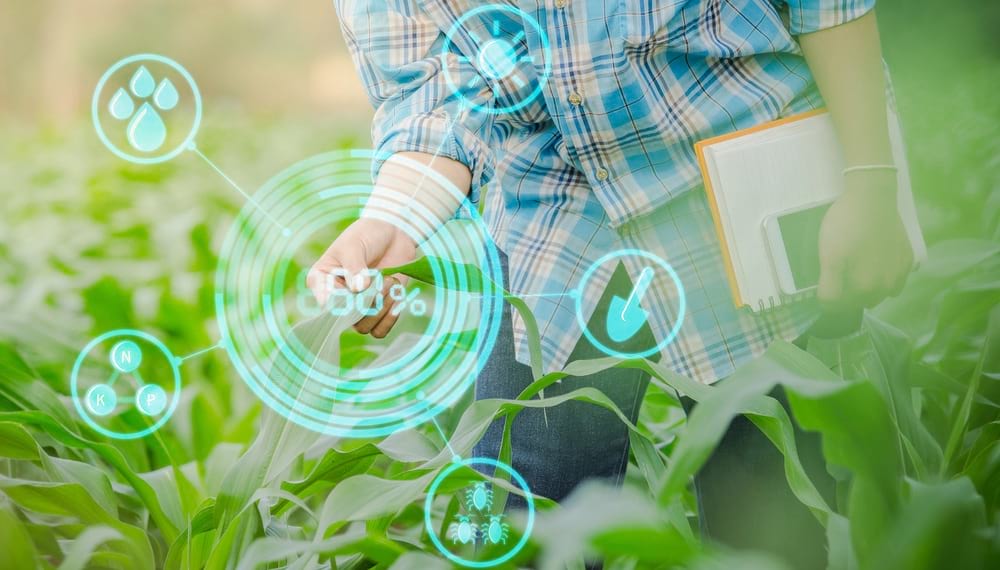
Benefits of IoT in Agriculture
We are increasingly reliant on technology in today’s world for almost everything we do. And when it comes to farming, the reliance is only going to grow in the years ahead. Thanks to the Internet of Things (IoT), more and more farmers are using smart technology to increase productivity and efficiency.
Here are some of the benefits of IoT in agriculture projects:
- Data: One of the biggest benefits of IoT in agriculture is the ability to collect data. With sensors in place throughout the farm, farmers can track everything from soil moisture levels to crop health. This data can be used to make more informed decisions about irrigation, fertilization, and pesticides.
- Improved Quality: With so much data at their fingertips, farmers can monitor their crops 24/7. This allows them to detect any problems early on and take corrective action before they become serious. As a result, crops are healthier and produce higher quality yields.
- Risk Reduction: IoT also helps reduce risks for farmers. By tracking weather conditions, for example, farmers can make better decisions about when to plant and harvest their crops. This helps reduce the risk of losing a crop to bad weather.
- Business Automation: With IoT, many agricultural tasks can be automated. This saves the farmer time and money. For example, automatic irrigation systems can adjust water flow rates based on soil moisture levels. This makes sure that crops get the right amount of water without over or under watering them.
- Remote Monitoring: Farmers can now track the progress of their crops from a computer or even a mobile device. Smart farming systems can send alerts to farmers’ phones if there is trouble with the soil, seeds, and other aspects of their crop.
- Improved ROI: Automation has a direct impact on operational costs. IoT can also increase productivity making farms more efficient. With the help of sensors and data analytics, farmers can reduce water usage, energy consumption, and inputs like fertilizers.
- Drought Monitoring: A big challenge for many farmers is dealing with drought conditions. IoT solutions can help farmers detect water shortages before they become a problem. Some systems can even provide information on when and where to irrigate in order to maximize crop watering.
- Harvesting Automation: Robotics are increasingly being used in agricultural harvesting tasks. This saves labor costs and results in a more consistent product quality.
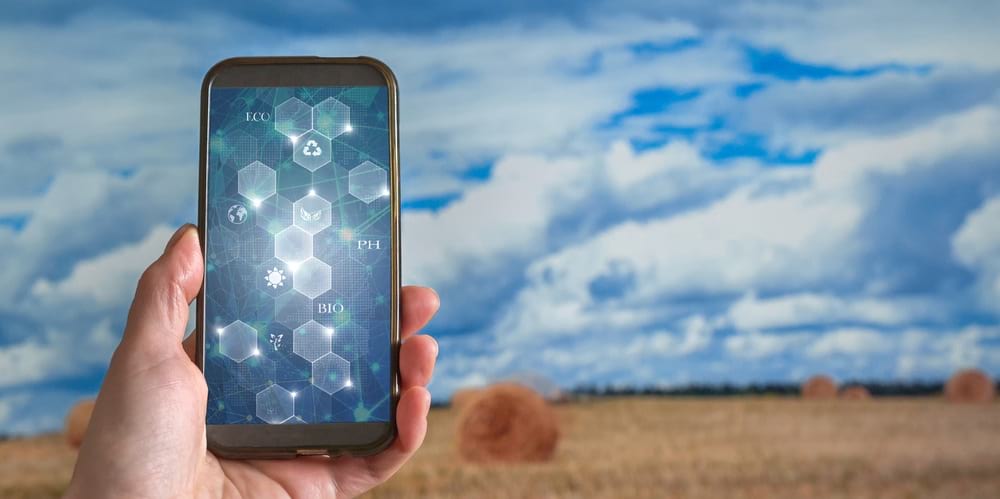
Monitor and Control Remotely Your Ecosystem with Ubidots
Ubidots is an IoT platform that helps farmers to connect all their devices (weather station, irrigation system, soil moisture sensor, etc.) to the internet and manage them through a single dashboard.
With the Ubidots IoT platform, farmers can:
- monitor in real-time the status of all their devices and equipment
- get alerts for any abnormal situation
- analyze data to detect patterns and trends
- spot inefficiencies in their production process and take corrective actions
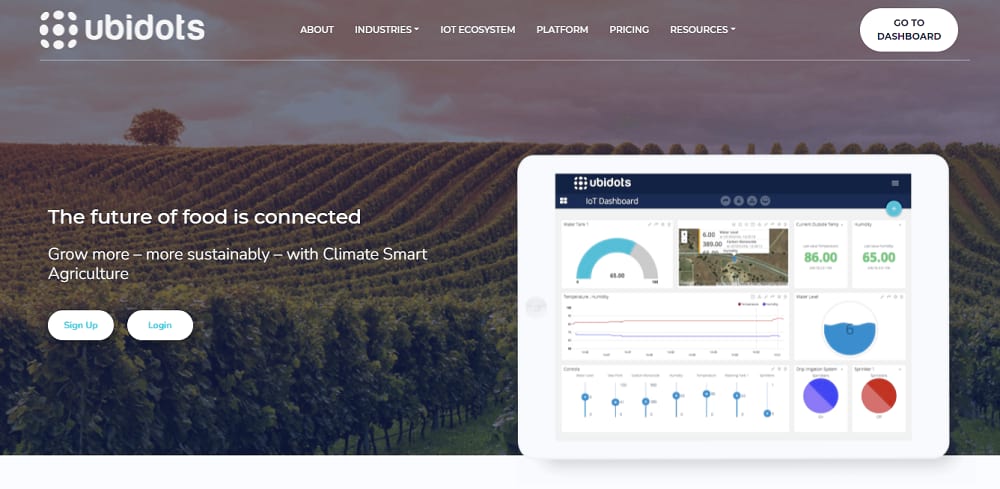
The Ubidots platform is agnostic to the type of devices and communication protocols used, which means it can connect to any device, regardless of brand or model.
Ubidots offers plans starting at $49/month for up to 25 devices and additional plans that scale to match your requirements, including paid plans for larger deployments. Request a demo today to see how Ubidots can help you improve your agricultural production.
» FREE TRIAL: Boost Your Operation in Less Than 30 Days with Ubidots' Drag-n-Drop Dashboards
Originally published 31 Dec 2021
Frequently Asked Questions
How is IoT used in agriculture?
IoT in agriculture provides businesses with the opportunity to gain insights into businesses that were previously unavailable. Using this information, they can reduce costs, increase revenue, and innovate in ways never thought possible before. It also empowers them by giving them real-time data on product conditions and speeding up decision-making.
What are the benefits of IoT in agriculture?
IoT in agriculture allows you to track and automate your farm. This helps to improve labor productivity and save money for operations such as irrigation, fertilization, and harvesting.
What is IoT-based smart agriculture?
IoT-based smart agriculture allows farmers to constantly monitor the field and livestock conditions by the use of IoT sensors, software, and data and enables them to take informed decisions regarding the same.

